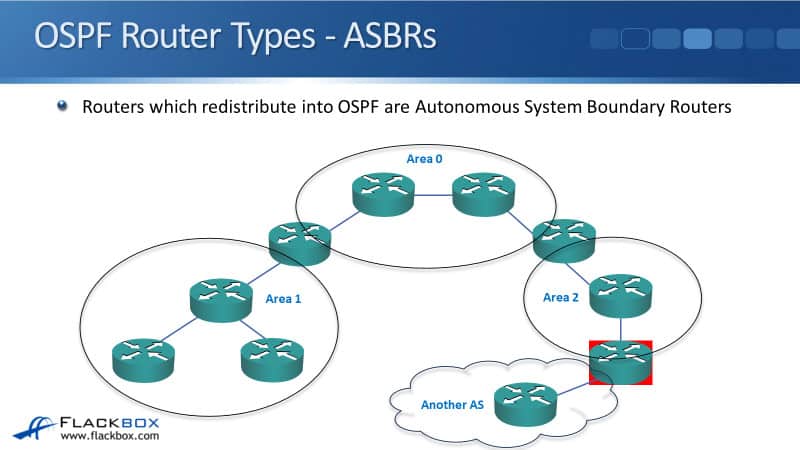
Process ID 1, Router ID 2.2.2.2, Network Type POINT_TO_POINT, Cost: 64Įnabled by interface config, including secondary ip addresses Timer intervals configured, Hello 10, Dead 40, Wait 40, Retransmit 5 Transmit Delay is 1 sec, State BDR, Priority 1ĭesignated Router (ID) 3.3.3.3, Interface address 172.12.23.3īackup Designated router (ID) 2.2.2.2, Interface address 172.12.23.2 Process ID 1, Router ID 2.2.2.2, Network Type BROADCAST, Cost: 1 Timer intervals configured, Hello 30, Dead 120, Wait 120, Retransmit 5įastEthernet0/0 is up, line protocol is up No backup designated router on this network Transmit Delay is 1 sec, State DROTHER, Priority 0 Process ID 1, Router ID 2.2.2.2, Network Type NON_BROADCAST, Cost: 64 That tells me right away that we have an NBMA Spoke off S0/0 (DROTH), Fa0/0 is a Broadcast or Non-Broadcast network type as it has become the BDR of the network, and S0/1 couldn’t be much more obvious with its P2P “network state”Įnjoy that small output chunk while it lasts, cause now we are going for the whole ball of wax, with the command “sh ip ospf int” to look at a few different network types on this router:

Interface PID Area IP Address/Mask Cost State Nbrs F/C That being said, lets take a look at R2, as I have hooked up a Point-to-Point connection over R2’s S0/1 to R1’s S0/0/1, so lets first take a look at the “brief” look at interfaces:


Network Type Hello / Dead time (Default) Packet Type Created Speaking of which, here is a list of those network types, and their default timer values: This conversation really begins with the interface on which OSPF is operating on, and the Layer 2 encapsulation that it is being used on the interface, like above over my NBMA I am running Frame-Relay as the Layer 2 encapsulation.įrom this information alone OSPF knows whether it can Broadcast across the network, if it is a Point-to-Point network (Two routers), and whether it should attempt to elect a DR / BDR for that network.


 0 kommentar(er)
0 kommentar(er)
